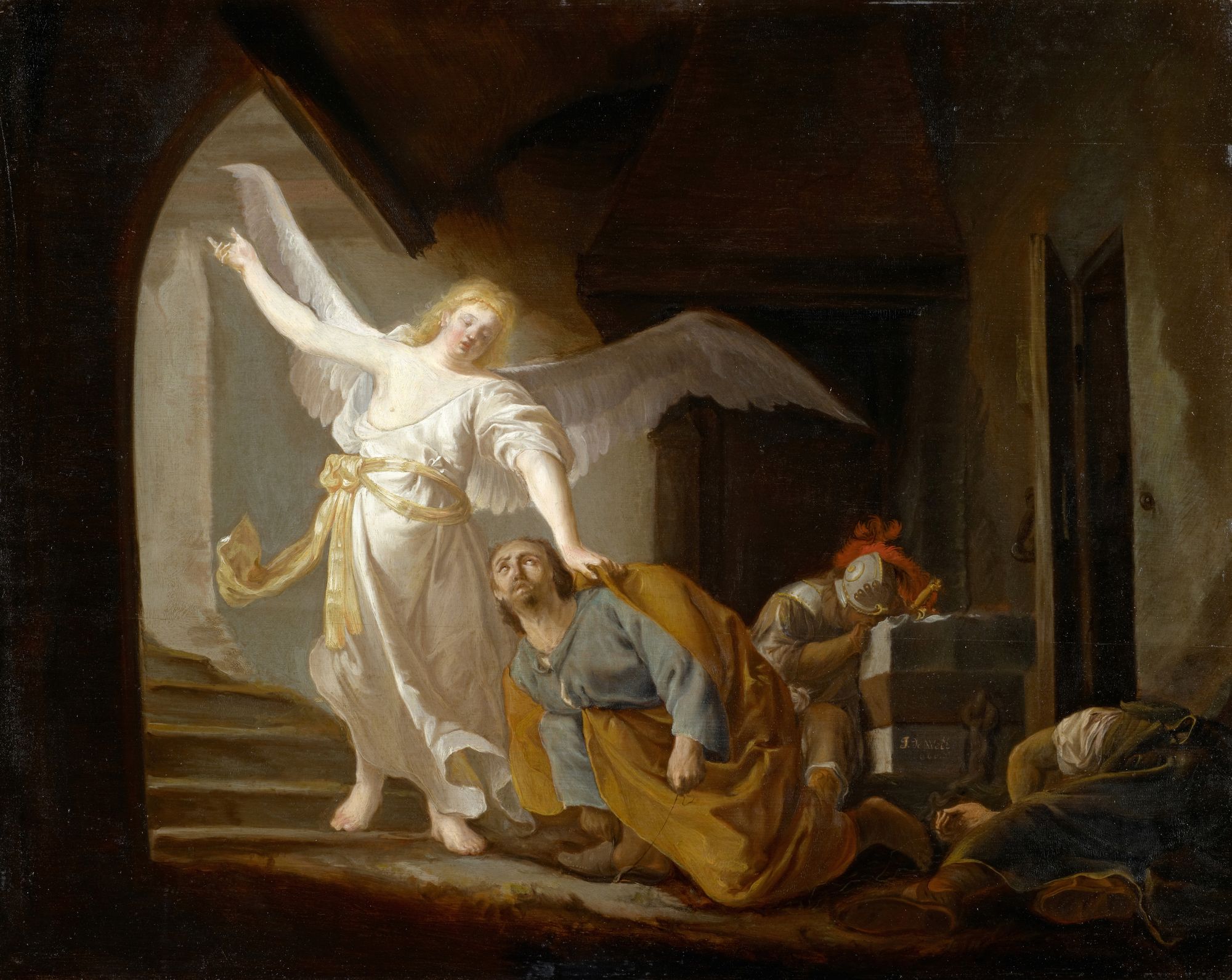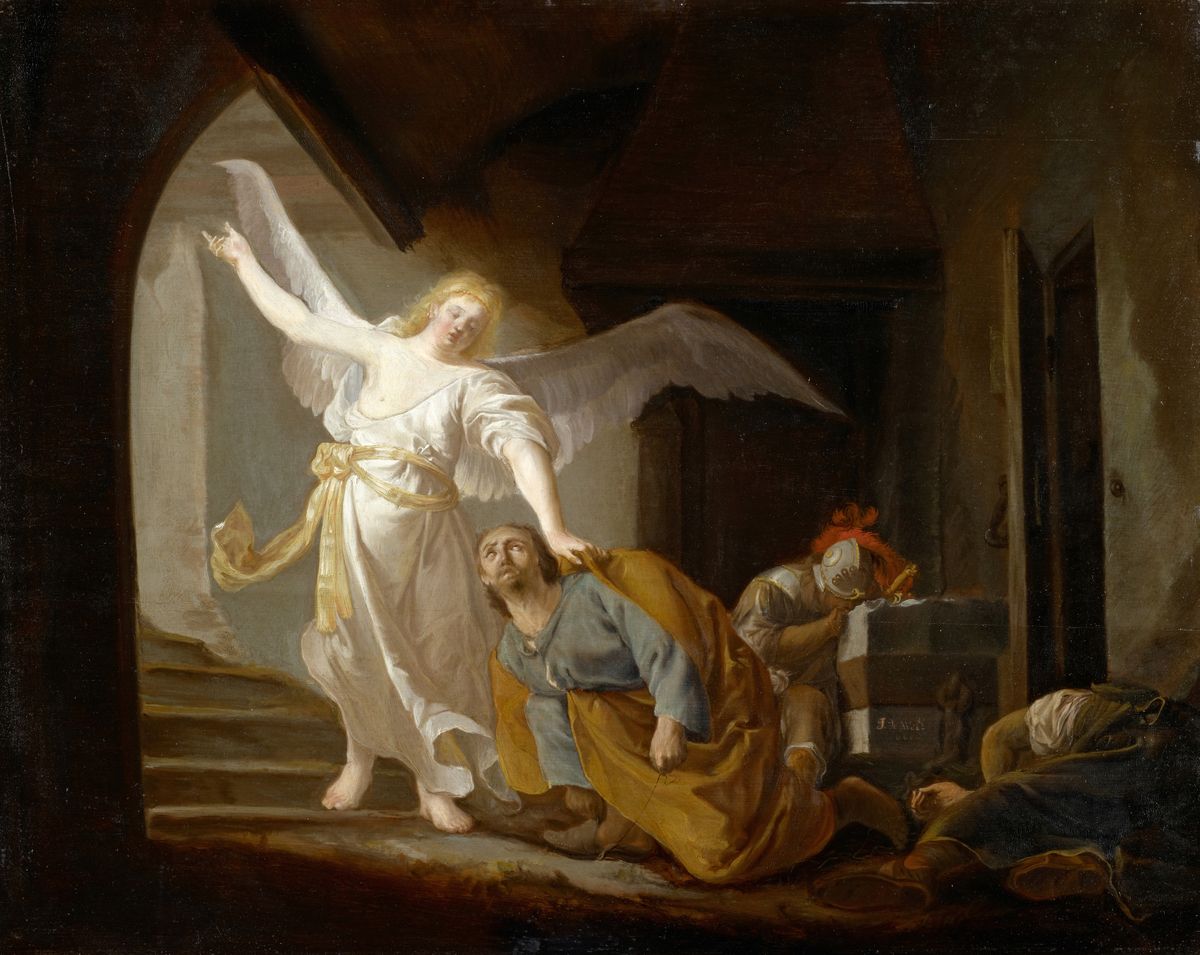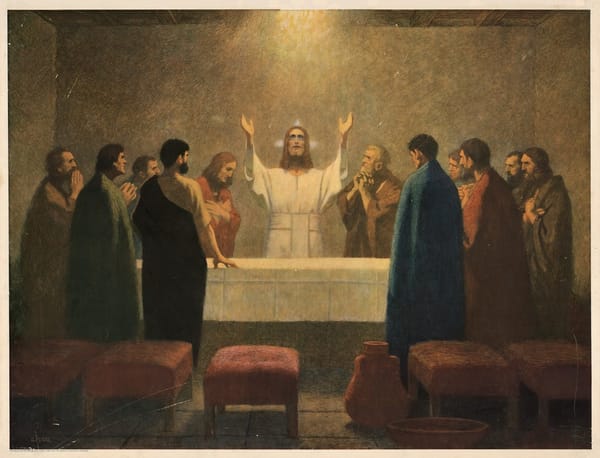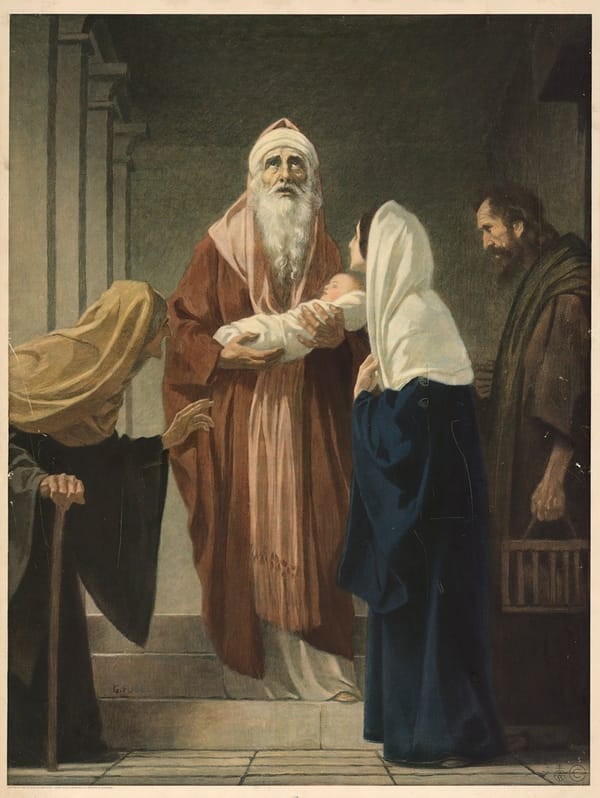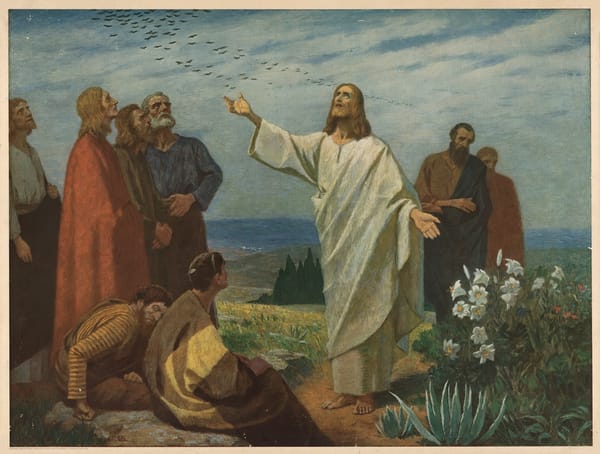Details:
The liberation of the apostle Peter is an event described in the Acts of the Apostles, chapter 12 in which the apostle Peter is rescued from prison by an angel. Although described in a short textual passage, the tale has given rise to theological discussions and has been the subject of a number of artworks.
Jacob Willemszoon de Wet was a Dutch Golden Age painter, whose works were largely influenced by Rembrandt.
De Wet was born and died in Haarlem. Little is known of his early life. Houbraken mentions him in passing as an art dealer of Haarlem in his biographical sketch of Philips Wouwerman, referring to him as Jan de Wet. Houbraken relates a story in which Philips Wouwerman burned his sketchbooks before his death, so that his brother Pieter wouldn't be able to use them and cash in on his name. Houbraken claimed that the story was malicious gossip, but he had heard another story that was probably closer to the truth. Apparently after Pieter van Laer had returned to Haarlem, he received less for his art than in Rome, but he refused to lower his price. When a landscape that van Laer had made was considered too expensive by Jan de Wet (a dealer), the buyer contracted the then young Philips Wouwermans to copy it, which he did quite well. The success of this transaction launched the career of the young Wouwermans at the expense of Pieter van Laer. Houbraken heard from Michiel Carré who in turn heard it from Pieter Gerritsz van Roestraten and Jacob de Wet that guilt had forced Wouwerman to burn the proof of all of his copies before he died.
